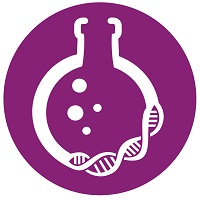Bioanalytics
Rapid Fires: AI/ML in Bioanalysis
Innovating Compliantly: Automating Workflows Within Regulatory Guidance Using ChatGPT
Monday, November 10, 2025
3:45 PM - 4:00 PM CT
Location: 221 CD

Quentin Burke (he/him/his)
Principal Research Associate
Moderna Inc.
Norwood
Rapid Fire Speaker(s)
This Rapid-Fire presentation will provide a practical case study for how scientists can leverage generative AI responsibly and compliantly. Specifically, I will demonstrate how ChatGPT was used to assist in developing Python/R scripts for calculating ADA assay cut-points—a critical step in immunogenicity assessments. By using AI to generate supporting tools, rather than making the AI itself part of the validated system, scientists can circumvent the regulatory complexities of AI model validation while still gaining efficiency and reproducibility.
Practical examples will include: how ChatGPT was used to generate and refine statistical analysis scripts for ADA cut-point determination, possible approaches to validating the final scripts independently of the AI that created them, and challenges encountered during AI-assisted coding and lessons learned for future implementations.
Practical examples will include: how ChatGPT was used to generate and refine statistical analysis scripts for ADA cut-point determination, possible approaches to validating the final scripts independently of the AI that created them, and challenges encountered during AI-assisted coding and lessons learned for future implementations.
Learning Objectives:
- Upon completion, participants will be able to apply strategies to develop simple, auditable, AI-assisted tools that comply with current regulatory guidelines to streamline repetitive bioanalytical processes.
- Understand the strengths and limitations of using AI to write code.
- Explore tangible ideas for using AI withinin their own laboratories.


